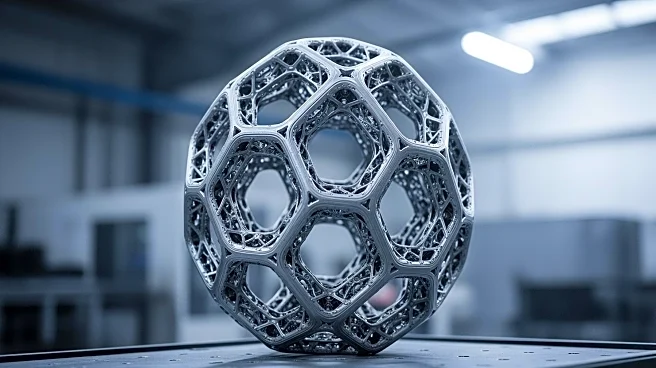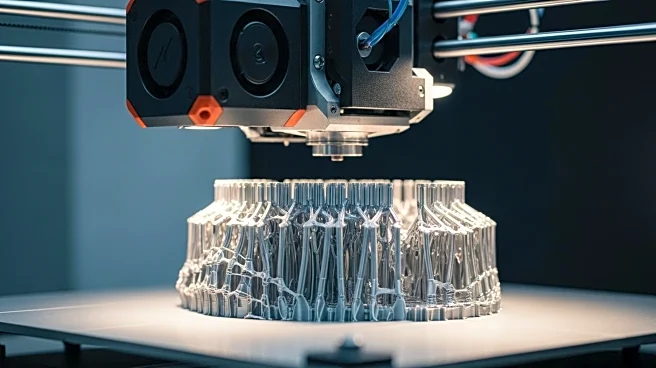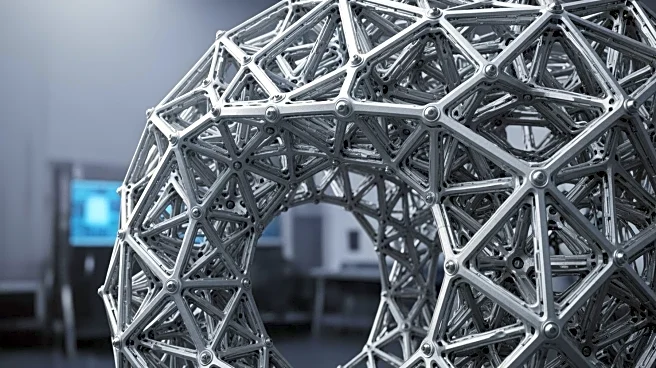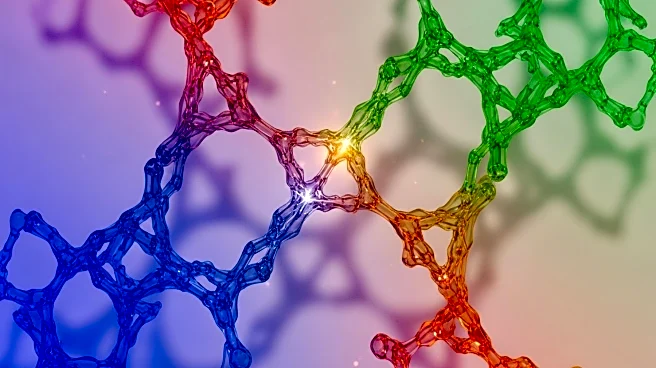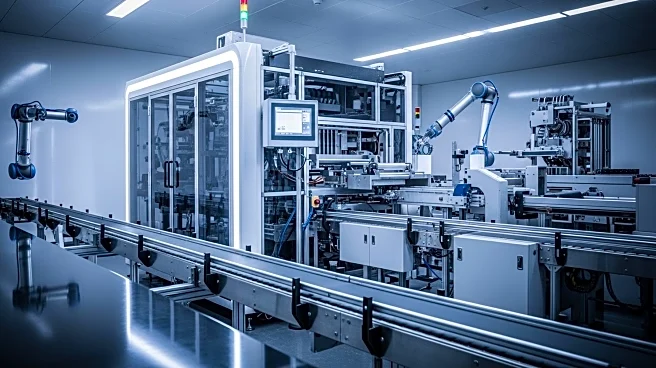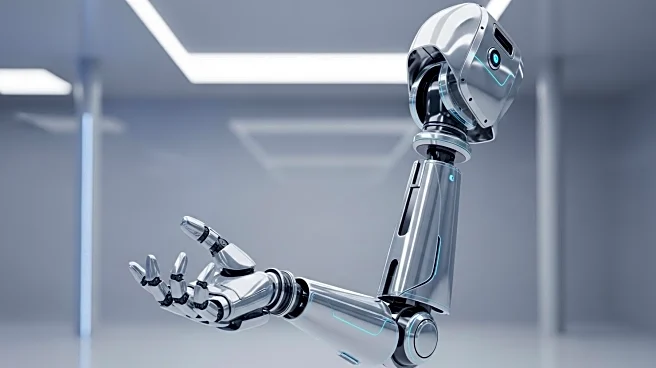What's Happening?
Researchers at the Ecole Polytechnique Fédérale de Lausanne have developed a method to cultivate metal from water-based gel, resulting in materials that are 20 times stronger than those produced by traditional
3D printing methods. This technique involves injecting hydrogel with metal salts, which are chemically converted into nanoparticles, creating dense metal structures. The process allows for the production of high-strength metals and ceramics, with potential applications in energy technology, biomedical devices, and sensors. The method addresses previous challenges of porosity and shrinkage in metal fabrication, offering a new paradigm in additive manufacturing.
Why It's Important?
This innovation in metal cultivation could significantly impact industries reliant on high-strength materials, such as energy technology and biomedical engineering. The ability to produce stronger, lightweight, and complex structures could lead to advancements in energy conversion and storage components, enhancing efficiency and performance. The technique's potential to fabricate intricate forms with advanced cooling properties is particularly relevant for energy technologies, offering solutions for improved thermal management. Companies in these sectors may gain competitive advantages by adopting this new manufacturing approach.
What's Next?
The research team is focused on improving the process by increasing material density and reducing processing time through automation. This could make the technique more viable for large-scale industrial applications. As the method becomes more efficient, it may attract interest from manufacturers seeking to innovate in material production. The development of automated systems to streamline the cultivation process could further enhance its commercial viability, potentially leading to widespread adoption in various industries.
Beyond the Headlines
The cultivation of metal from gel represents a shift in manufacturing paradigms, emphasizing post-production material selection. This approach could lead to ethical considerations regarding resource use and environmental impact, as it offers a more sustainable alternative to traditional metal fabrication. The technique's ability to produce high-quality materials at lower costs may democratize access to advanced manufacturing technologies, influencing cultural perceptions of innovation and accessibility.


